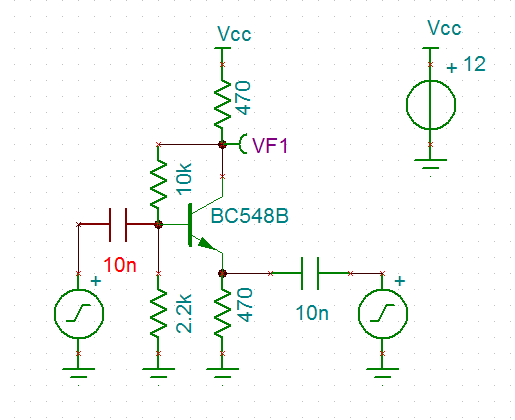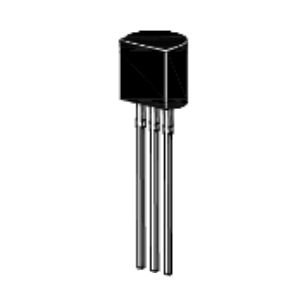

It can be seen that these two circuits are series resonant, allowing signals through on their resonant frequency. If the filter consists of a capacitor this can be chosen to present a short circuit to the LO and RF inputs, whilst not affecting the IF signals.Īdditionally the tuned circuits on the input prevent the LO and RF signals coupling in to the opposite sources. Typically this circuit will be used to convert signals from a high frequency down to a much lower frequency. In this circuit the filter on the output is required to remove any of the high frequency LO and RF signals.

Possibly the most obvious method is to apply both signals to the base of the transistor. It is possible utilise a variety of different circuit configurations for a transistor mixer. Although the electronic component count and cost is low for this functionality, performance is also poor.īipolar transistor mixers can also be found in some RF integrated circuits and often these mixers can provide good levels of performance, even forming the basis of double balanced mixers.īipolar transistors are very useful as the basis of RF mixers and as such they are seen in many forms of RF mixer and in many RF designs.

The bipolar transistor mixer has been typified by the circuit designs seen in low cost radios where a single transistor is used, sometimes providing RF gain and local oscillator functions as well as being an RF mixer.
#Bipolar transistor rf mixer how to#
RF mixing basics Theory & math Specs & data How to buy select mixer Transistor mixer FET mixer Double balanced mixer Gilbert cell mixer Image reject mixerīipolar transistors can be found in many RF mixer applications for a variety of radio and other RF circuit design applications. Bipolar Transistor RF Mixer Bipolar transistors, BJTs are often used to provide simple and low cost active devices for RF mixers in various RF circuit designs.


 0 kommentar(er)
0 kommentar(er)
